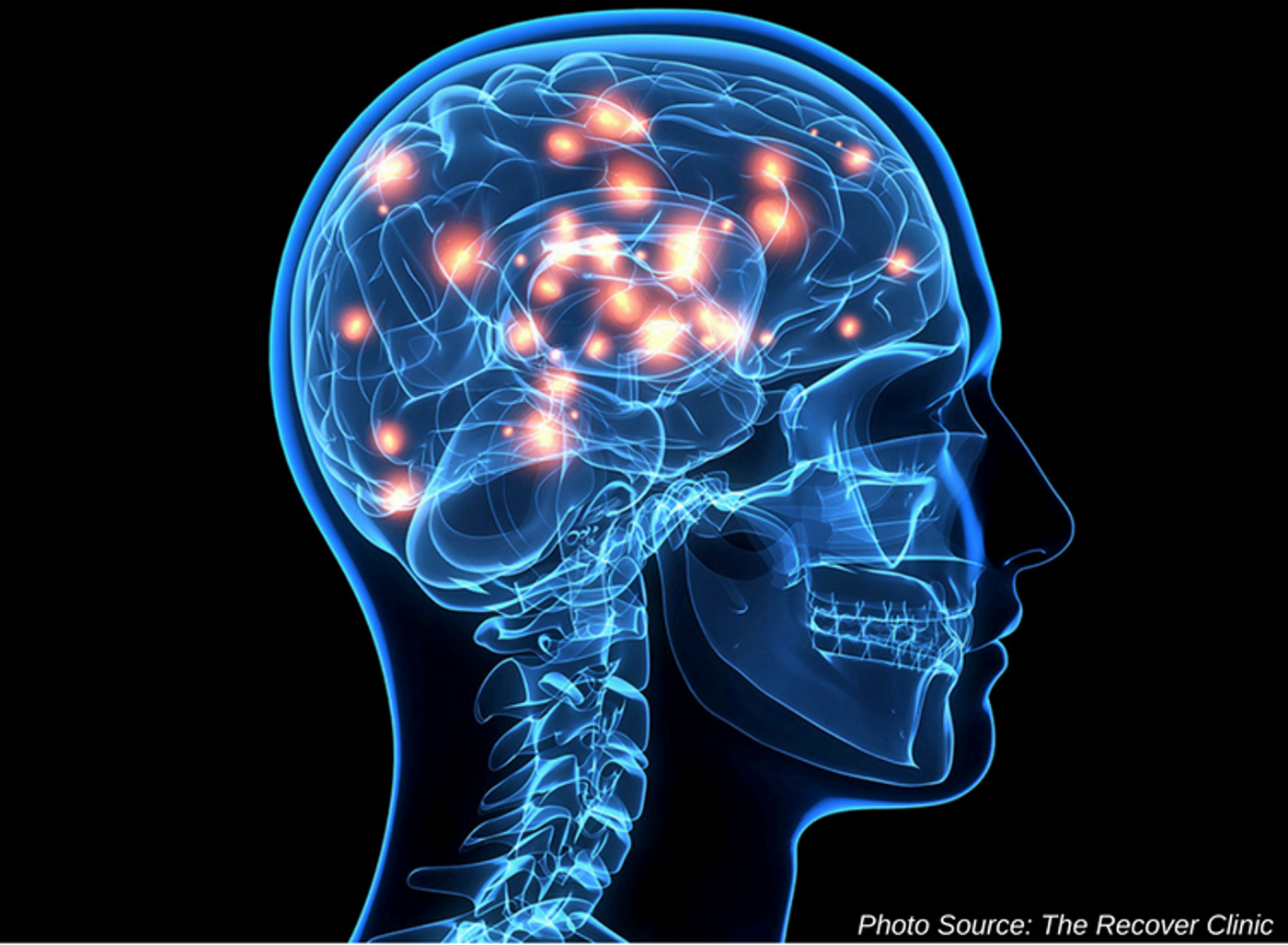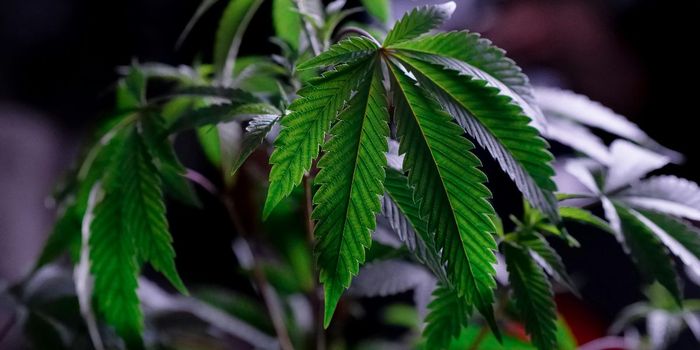Increasing Endogenous Cannabinoid Levels May Reduce Neuropathic Orofacial Pain
Neurotransmitter systems in the body have incredible functionality and versatility. One such system is the Endocannabinoid System (ES). Studies have begun examining the complex interaction of this system in the body and within numerous physiological processes. Recent research has shown the usefulness of cannabis compounds, specifically cannabinoids, in the treatment of neuropathic pain through ES complex signalling mechanisms. Many have focused their attention solely on phytocannabinoids found in the cannabis plant or endocannabinoids found in the human body. Still others have explored the pathophysiological process to better understand neuropathic pain.
The process of feeling or sensing pain involves the endocannabinoid system and researchers have found cannabis and phytocannabinoids can reduce neuropathic pain symptoms. Some groups have chosen to evaluate options for reducing pain in specific types of neuropathies. One area of active research is in neuropathic orofacial pain (NOP).

The group began examining how endocannabinoids (produced in the body) affect pain receptors and designed an animal study to manipulate endocannabinoids in vivo and evaluate their perceived effects on NOP. Kamimura, et al., (J Oral Sci) postulated that the endocannabinoid 2-arachydonoylglycerol (2-AG) present in the brain could reduce the pain signals generated by orofacial nerve injury or damage. 2-AG is degraded by enzymes in vivo causing pain signals to chronically persist. The researchers introduced an inhibition factor, JZL184, which prevents the enzymatic action of monoacylglycerol (MAGL). MAGL breaks down 2-AG in vivo.
Upon completion of this study, Kamimura, et al. found that by restricting degradation of 2-AG, therefore leaving increased amounts of endogenous 2-AG in the brain, orofacial pain was attenuated. This mechanism shows promise for future therapeutic treatment options for NOP. Additional challenges are the differences between animal studies and translation to human trials; however, because the compounds used in the study are endogenous normally, perhaps converting the design for clinical trials may not be quite as challenging.
Sources: Journal of Oral Science, Pain, International Journal of Biochemistry and Cell Biology,









